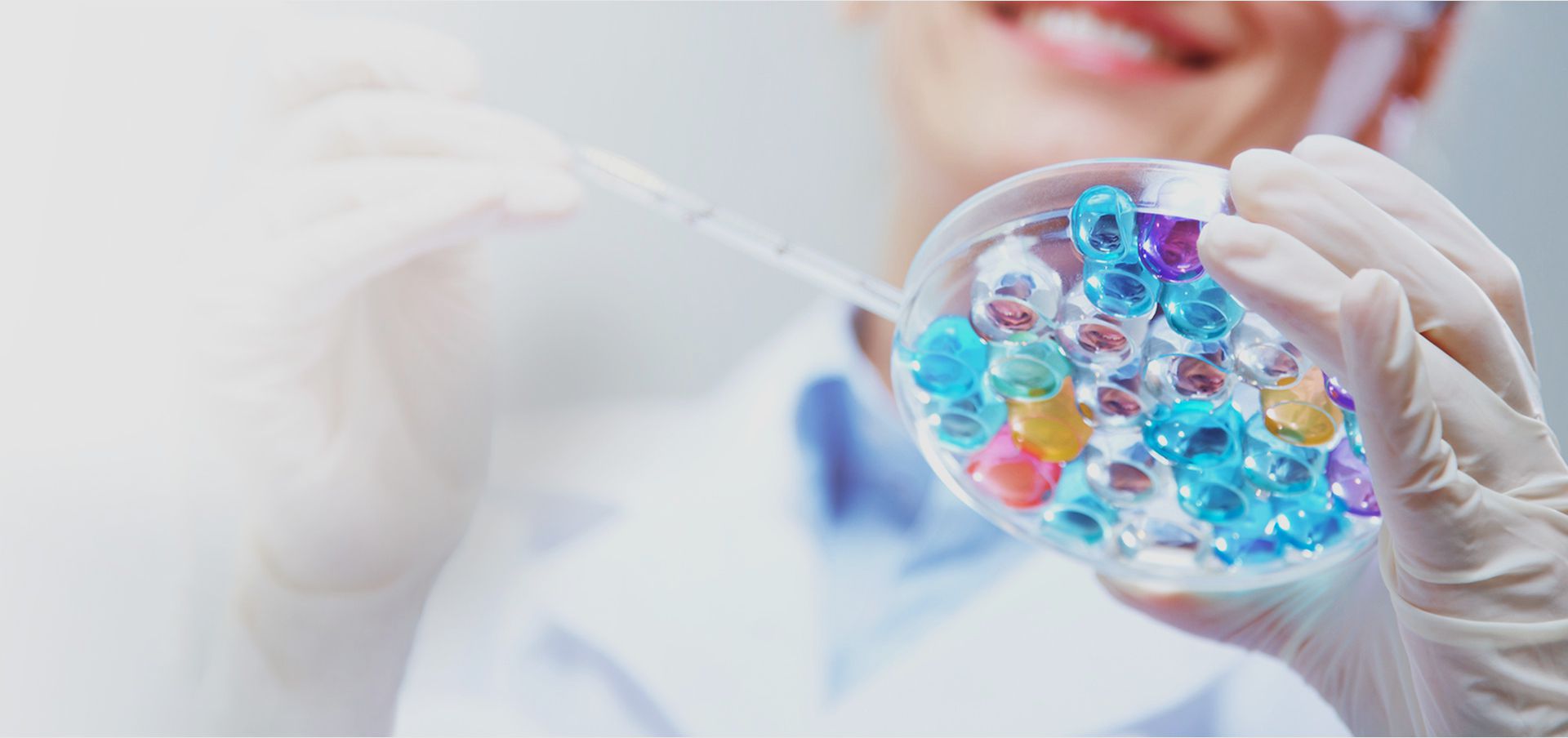
Technology
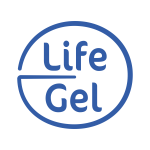
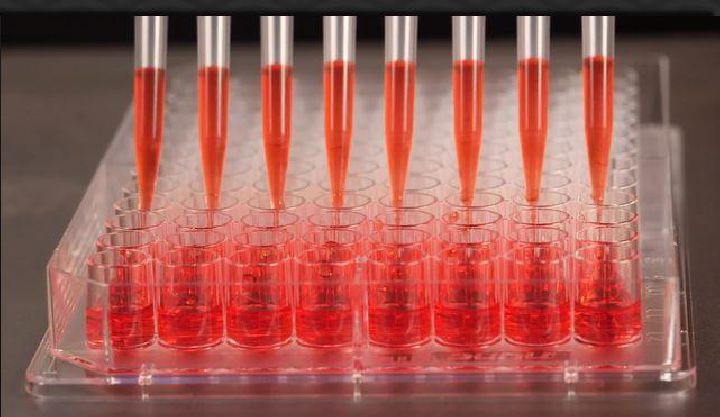
A 3D cell culture can be just as easy to obtain as a 2D cell culture!
Cell cultures are one of the most commonly used research tools. We understand that scientists need ready-to-use products for cell cultures and so LifeGel is supplied on standard cell culture plates. All you have to do is open the plate and start to use it!
LifeGel 3D cell culture
LifeGel for 3D cell culture comes as a ready-to-use plate containing a protein-based hydrogel. Cells seeded on the surface of LifeGel can form three-dimensional structures such as spheroids. LifeGel has multiple advantage over competitors.
Our body is 3D so the research should be too!
2D cell culture – current standard
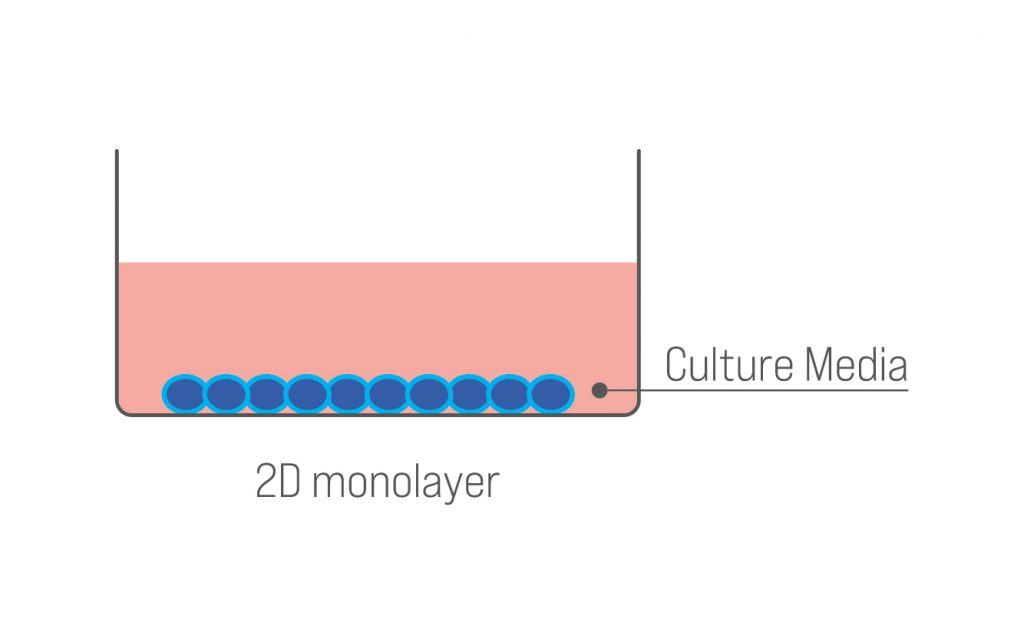
3D cell culture – LifeGel technology
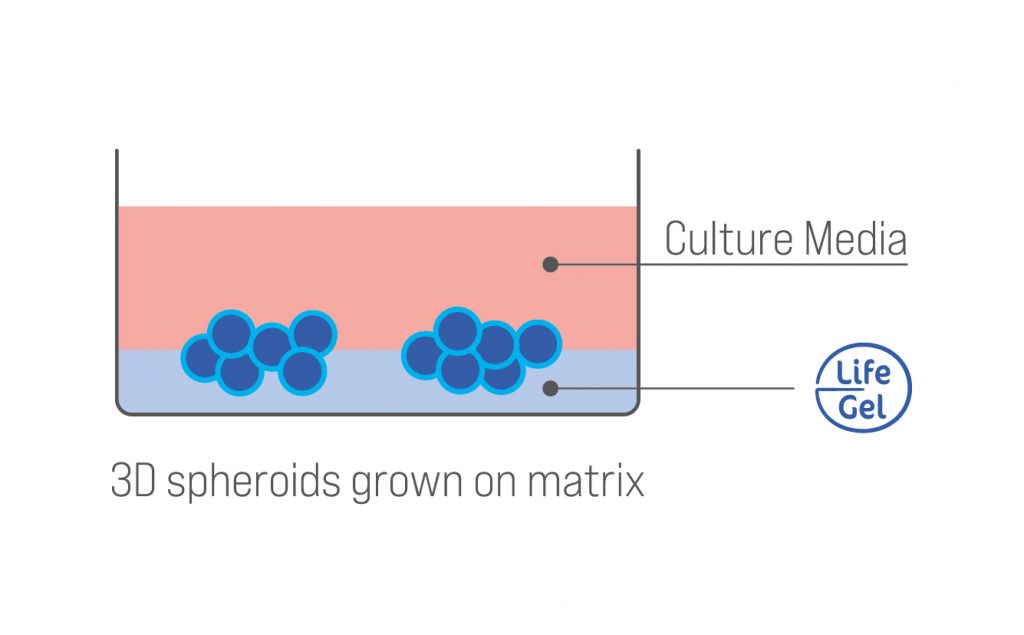
Plates come with a layer of LifeGel in each well, and cells are then seeded on the surface of the LifeGel where they form 3D structures. The cells can grow in multiple layers, migrate within the hydrogel and interact with each other. This recreates a cellular environment much closer to that found in the body.
LifeGel is a hydrogel used in 3D cell culture
LifeGel can be produced in different variations – with different parameters of key characteristics such as hardness, density or elasticity. We have conducted many experiments to find the most suitable combination of these characteristics to fit particular experiments and cell cultures. We know how important it is to have well-matched parameters for optimal cell growth.
Characteristics of LifeGel
Protein-based
Batch to batch repeatable
Defined hydrogel stiffness
Easily digestible
Customisable for different cells and assays
Supply for small and large users
Compatible with standard imaging platforms
Growth factor free

Breast cancer cultures using LifeGel. Growth time: A- 14 days, B- 17 days; C- 20 days

